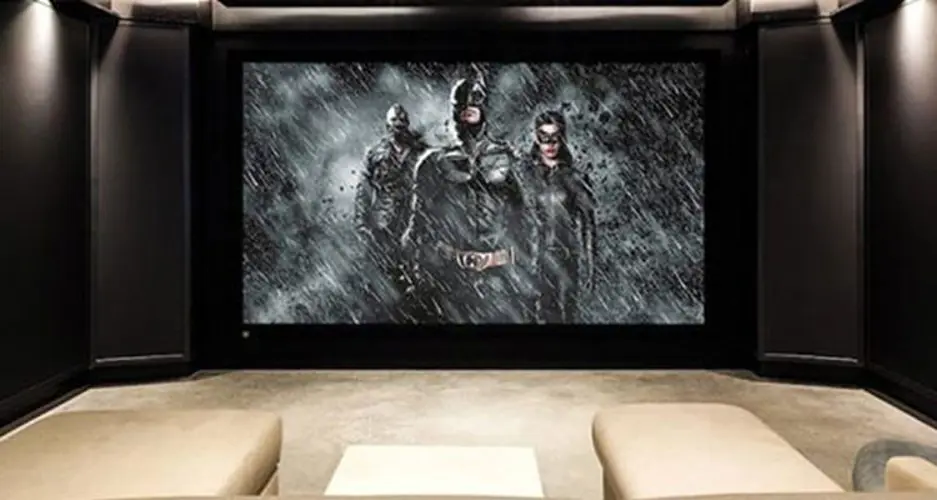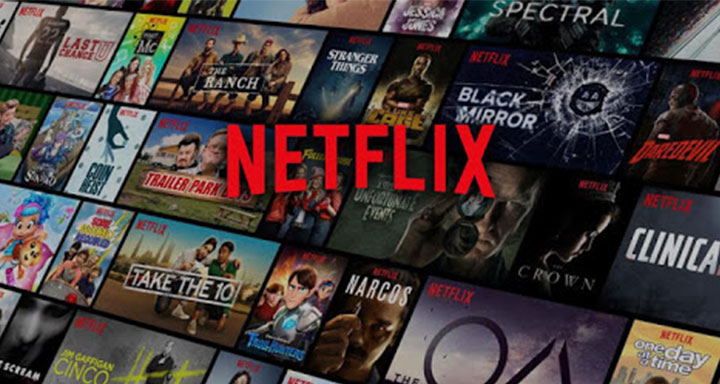4K, Entertainment & Home Cinema

Over the two years, it seems a new phrase has brought up its head in HD television technology. Yes, we are talking about 4K! If we were to compare this to previous resolutions such as 576p, 720p and 1080p, the average person would think that 4k stands for 4000p. However, that is not the case. 4K originates from cinema where the 35mm camera films have 4000 vertical lines and requires a specialised 4k scan to get the highest detail from the film.
Similarly, the 16mm film possesses 2000 vertical lines, and Imax has over 8000 which both require a 2K and 8K scan respectively. This scan then will proceed to pick up the high details present in the firm ready to achieve and provide the highest quality and image resolution.
It is essential to make clear that 4K is being seen in cinema standard of 4096 x 2160 where the ultra high definition is the standard for televisions which strangely enough has 3840 x 2160. Not quite the 4000 you may be expecting.
So as we speak about this, you can see that the average consumer resolution is actually 3.84K and also marketing reasons the resolution is marketed using the vertical resolution. This goes against the trend and by all accounts, if the name did follow the original system then 4K would be genuinely called 2160p HD (2.16k)
In just a matter of seconds, we have brought down the 4K all the way down to 2.16K. However, do not let that ruin the experience of 4K for you. After all 4K UHD still has an incredible resolution and great potential while including bigger and higher frame rates, greater texture and a much larger colour range, which ultimately leads it to better colour reproduction than most.

Resolution.
What if you decide it’s TV time, and there really isn’t anything good to watch?
It is important to clarify that right now there is close to none Full HD broadcasting in the UK, after almost ten years the TV industry still only broadcasts mostly at 1080 or below. Leaving only Blu-ray, games utilising the full HD resolution and streaming services. That is something to keep in mind.
When you have a brand new and great 4K UHD television, you want just what everyone else wants. To hook it up, give it a test drive and see what your hard-earned money has got you, The hardware is all there, and it is itching to show off that gorgeous detailed content. However, as of right now, there is little to none native 4K Ultra High Definition content to be seen and give it a proper test.
That being said, you don't have to worry too much since Netflix 4K service is still available, promising amazing things. High Resolution, high frame rate and all at a maximum of 15 mbps download speed. Many series on Netflix is now uploaded on 4K ready to be watched.
There has also been a release of a limited number of films dubbed and mastered in 4K where a selection of films have been mastered using content from a 4K source. Most of this content is still presented in 1080p but it has already been optimised for the upgrading process that is currently dominating the use of UHD TV’s until a more extensive native 4K content is released.
Watch HD content at UHD Resolution.
Upscaling is the process of increasing a lower resolution to a higher one by calculating the extra pixels with hards to the lower resolution pixels. The best example of this is when you zoom in a photograph and it becomes a handful of blur and weird looking blocks. If a 1080p video was upgraded to become a full 4K screen the same effect would be apparent. Using upscaling technology this effect can be smoothed out and increase the resolution.
In order to view 1080p at 4K resolution on a 4K Ultra High Definition there nearly a 200% increase in pixels so for every single pixel in the lower quality video, two will be used unless these extra pixels can be given some extra information to create more detail on the image. For example a 4K native signal or even using an upscaler. This will lead to degradation in quality, leaving the image blurred out and soft. Native 4K video counts with pixel information for each and every single pixel instead of estimating 2 pixels using the ones already present.
Televisions manufactures claim to have highly complex upscaling technologies that will increase HD and even SD to 4K resolution. In reality, the upscaling technologies will make HD and SD look more optimised on a UHD screen and will certainly reduce the blockiness in the image. However, what they can't really do properly is create the fine detail like you would see in native 4K content.
Think of having a UHD TV connected to a medium to an extensive list of 4K content. Will you be able to see the difference and upgrade in performance or increased colour?
UHD screens will provide four times the resolution of their former versions, which highly benefits the televisions of a certain size. The difference between HD and UHD and how it is perceived is still on debate for screen sizes sub 80 inches which does not promote confidence when parting with upwards of £2500. On many screens above the size of 80 inches, the individual pixels can be seen on a full HD 1080p screen so the UHD resolution will highly benefit the screen size and the position it is in. larger images with full quality details calling out for large panoramic shows that the viewer can truly appreciate with their eyes leaving them feeling immersed in the content while enjoying the real experience of the full 4K image quality picture.